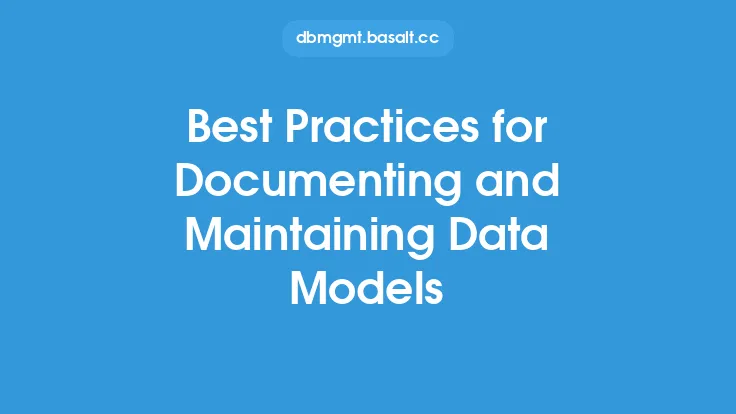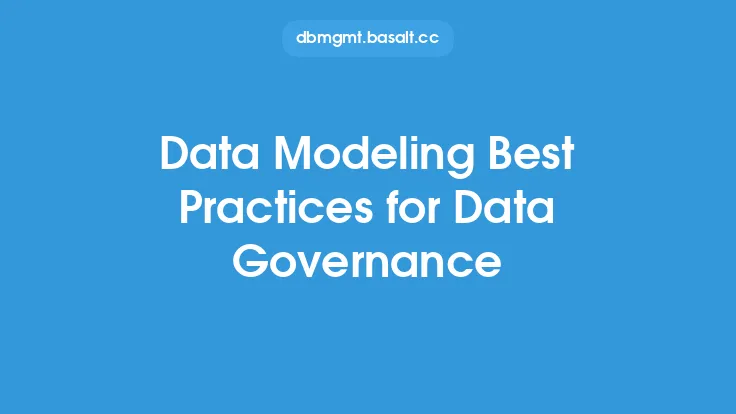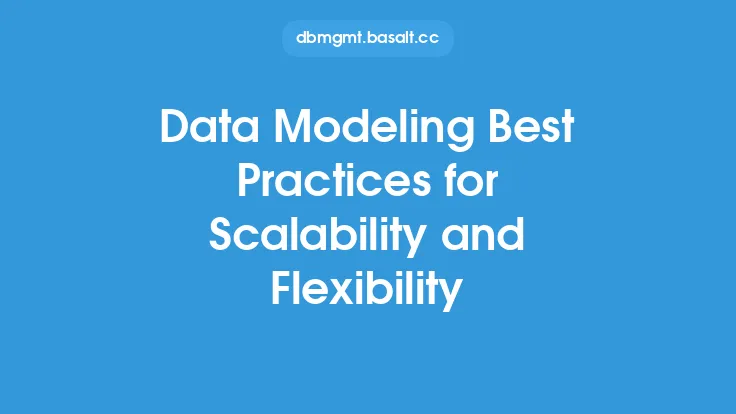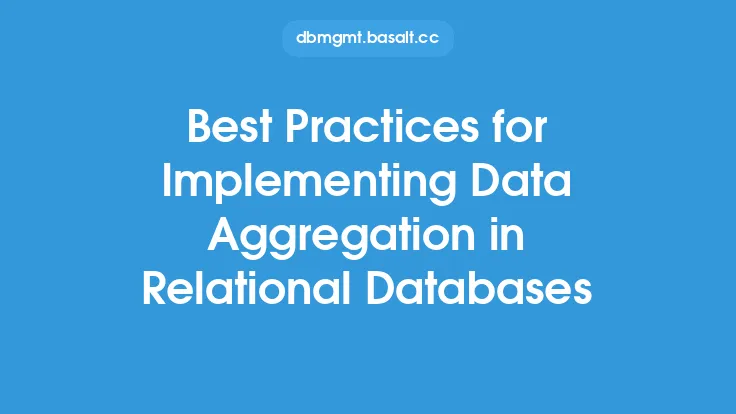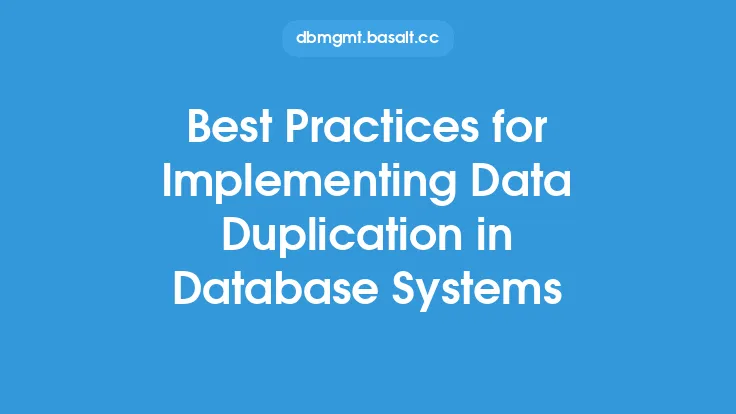Introduction to Documenting Logical Data Models
Documenting logical data models is a crucial step in the data modeling process. It involves creating a detailed representation of the data structures and relationships within an organization's data, which can be used to communicate with stakeholders, guide database design, and ensure data consistency. A well-documented logical data model provides a clear understanding of the data entities, attributes, and relationships, making it easier to maintain, update, and optimize the data model over time. In this article, we will explore the best practices for documenting logical data models, including the key elements to include, the importance of data dictionary, and the role of data modeling tools.
Key Elements of a Logical Data Model Documentation
A comprehensive logical data model documentation should include several key elements, such as:
- Entity descriptions: A brief description of each entity, including its purpose and scope.
- Attribute definitions: A detailed definition of each attribute, including its data type, format, and any relevant constraints.
- Relationship descriptions: A description of the relationships between entities, including the type of relationship (e.g., one-to-one, one-to-many, many-to-many) and any relevant constraints.
- Data rules and constraints: A description of any data rules and constraints, such as primary keys, foreign keys, and check constraints.
- Data validation rules: A description of any data validation rules, such as format checks and range checks.
- Data transformation rules: A description of any data transformation rules, such as data aggregation and data calculation.
Importance of Data Dictionary in Logical Data Modeling
A data dictionary is a critical component of a logical data model documentation. It provides a centralized repository of metadata, including entity and attribute definitions, data types, and relationships. A data dictionary helps to ensure data consistency and accuracy by providing a single source of truth for data definitions. It also facilitates communication among stakeholders by providing a common language and understanding of the data. A well-maintained data dictionary can also help to identify data quality issues and improve data governance.
Role of Data Modeling Tools in Documenting Logical Data Models
Data modeling tools play a significant role in documenting logical data models. These tools provide a graphical interface for creating and editing data models, as well as automated features for generating documentation. Some popular data modeling tools include Entity-Relationship Diagram (ERD) tools, such as ER/Studio and PowerDesigner, and data modeling software, such as IBM InfoSphere Data Architect and Oracle Data Modeler. These tools can help to streamline the documentation process, improve data model quality, and enhance collaboration among stakeholders.
Best Practices for Documenting Logical Data Models
To ensure that a logical data model is properly documented, follow these best practices:
- Use a standardized notation and terminology to ensure consistency and clarity.
- Include a data dictionary to provide a centralized repository of metadata.
- Use data modeling tools to automate the documentation process and improve data model quality.
- Document all entities, attributes, and relationships, including data rules and constraints.
- Use clear and concise language to ensure that the documentation is easy to understand.
- Review and update the documentation regularly to ensure that it remains accurate and relevant.
- Use version control to track changes to the data model and documentation.
Challenges and Limitations of Documenting Logical Data Models
Documenting logical data models can be a challenging and time-consuming process, especially for large and complex data models. Some common challenges and limitations include:
- Ensuring data consistency and accuracy across multiple data sources and systems.
- Maintaining a single source of truth for data definitions and metadata.
- Communicating complex data concepts and relationships to non-technical stakeholders.
- Keeping the documentation up-to-date and relevant in a rapidly changing data environment.
- Balancing the level of detail and complexity in the documentation to ensure that it is useful and usable.
Conclusion and Future Directions
In conclusion, documenting logical data models is a critical step in the data modeling process. It provides a clear understanding of the data structures and relationships within an organization's data, which can be used to guide database design, ensure data consistency, and improve data quality. By following best practices, such as using standardized notation and terminology, including a data dictionary, and using data modeling tools, organizations can create high-quality documentation that meets the needs of stakeholders. As data modeling continues to evolve, it is likely that new technologies and techniques will emerge to support the documentation process, such as automated data modeling and artificial intelligence-powered data validation. By staying up-to-date with these trends and innovations, organizations can ensure that their logical data models remain accurate, relevant, and effective in supporting their data-driven initiatives.
